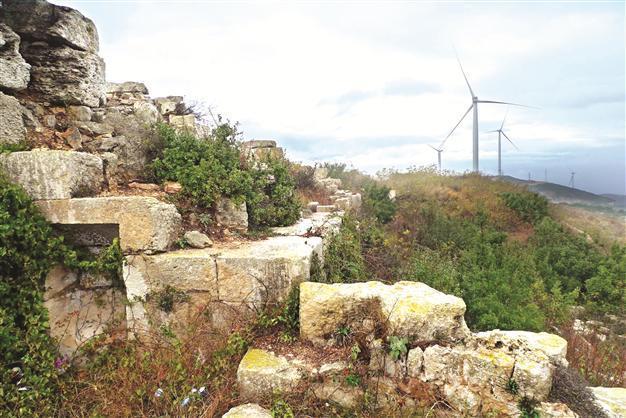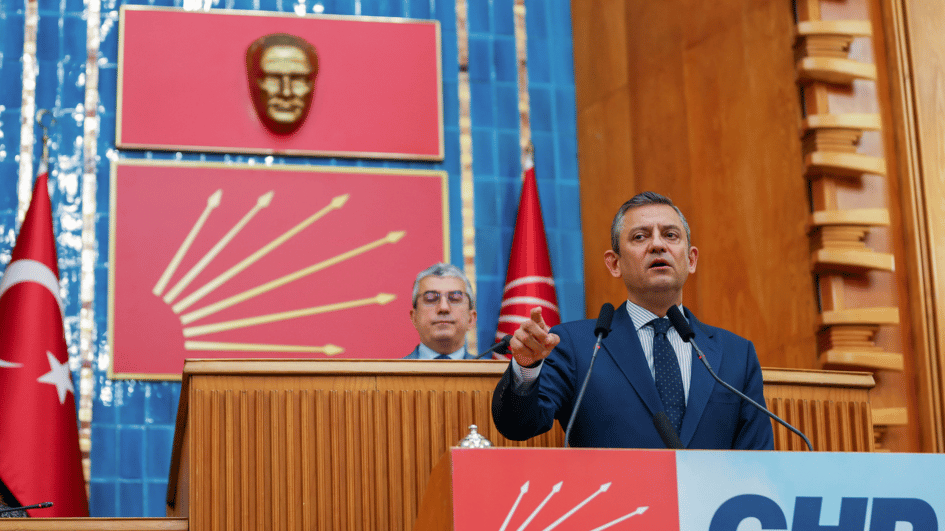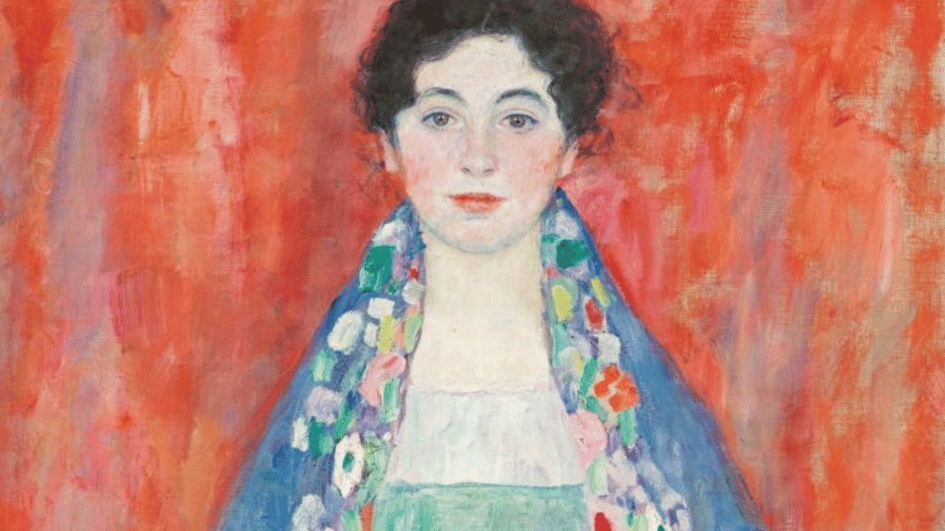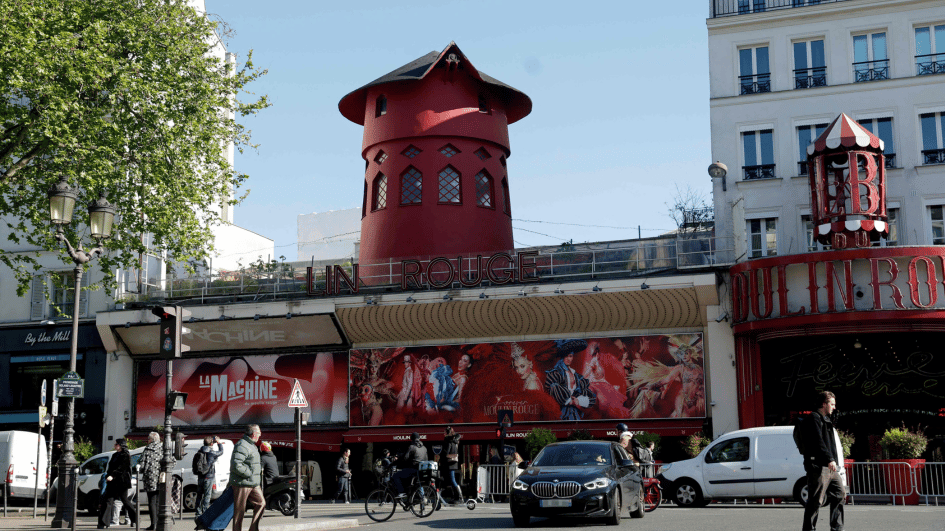Wind turbines threaten Monastery of St. Simeon
ISTANBUL- Hürriyet Daily News
 “Recently 23 wind turbines were situated on Samandağı or Simeon Mountain near Antakya – ancient Antioch, now located in present day Turkey to which the hermit Saint Simeon the Younger withdrew from the world,” Nezih Başgelen told Hurriyet Daily News. “One turbine was even placed within the precinct of a monastery that was built there. In a region abounding in suitable mountain tops, this has to be seen as an excellent example of Turkey shooting itself in the foot. The metaphorical foot being a historical site that should be considered a world class heritage site.”
“Recently 23 wind turbines were situated on Samandağı or Simeon Mountain near Antakya – ancient Antioch, now located in present day Turkey to which the hermit Saint Simeon the Younger withdrew from the world,” Nezih Başgelen told Hurriyet Daily News. “One turbine was even placed within the precinct of a monastery that was built there. In a region abounding in suitable mountain tops, this has to be seen as an excellent example of Turkey shooting itself in the foot. The metaphorical foot being a historical site that should be considered a world class heritage site.” According Başgelen, who is an archaeologist, author and publisher, this project was approved by the Environmental and Forestry Office of the Hatay Province, despite directly contravening the Malta Agreement of which Turkey is a signatory. This agreement takes as a basic principle the protection of cultural and natural heritage from destruction by any kind of development.
“Despite its rich archaeological, cultural and natural heritage, and despite the inventories of this heritage which have been collated by various interested agencies, Turkey still has no official systematic data base of its heritage, leaving valuable sites open to destruction of this kind,” Başgelen said.
In ancient times Samandagi was known as Thaumaston Oros (Mountain of Wonder), and the monastery which grew up around the saint’s hermitage became one of the most important pilgrimage sites for Christians.
St. Simeon was born in 521 AD and is called “The Younger” to distinguish him from an earlier Simeon known as “The Elder” who had lived on a mountain further to the east in present day Syria. Both Simeons were Stylites, that is, their hermitages were located on the top of a “stylus” or column. St. Simeon the Younger ascended his column in 551 and remained there until his death in 592. The monastery was built around him to cater to his attendant monks and pilgrim visitors.
The monastery complex consists of an octagonal courtyard centered on the column, three churches, a baptistery and other buildings built into a spacious walled enclosure. The lower part of the column with its staircase still stands. To the east of the Octagon are the remains of the basilica church of the Holy Trinity built in 551. South of this is a second church built in 562 to the memory of Simeon’s mother St. Martha. The graves of Simeon and Martha were placed in a small chapel nearby. West of the octagonal courtyard were living quarters for the monks, a hostelry and workshops. Although now it lays mainly in ruins the monastery is still an important site.
















